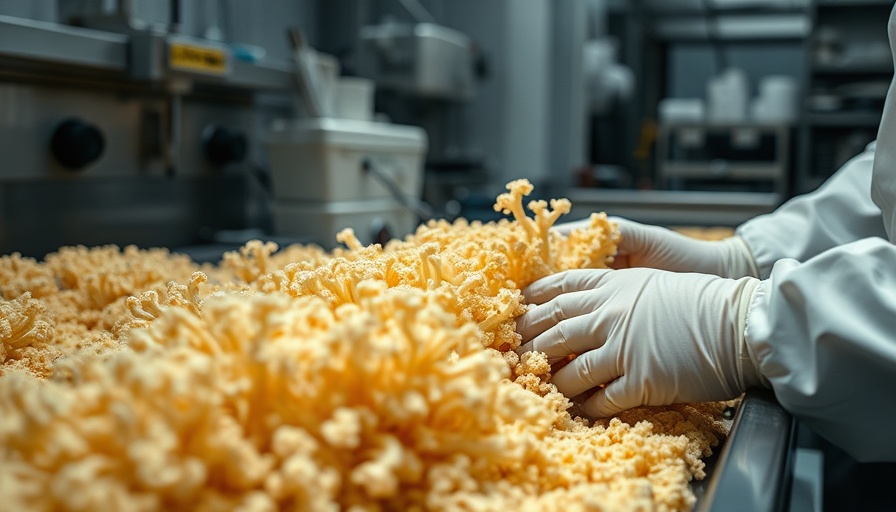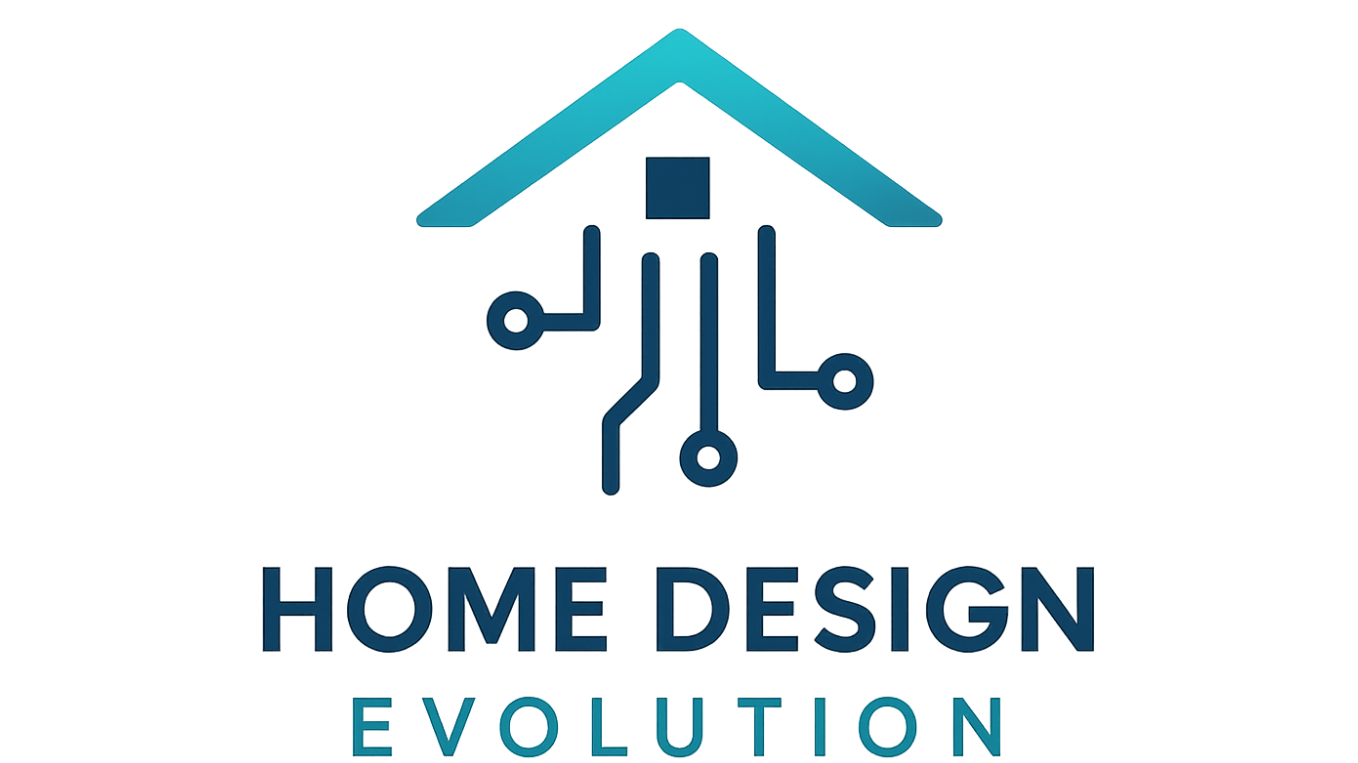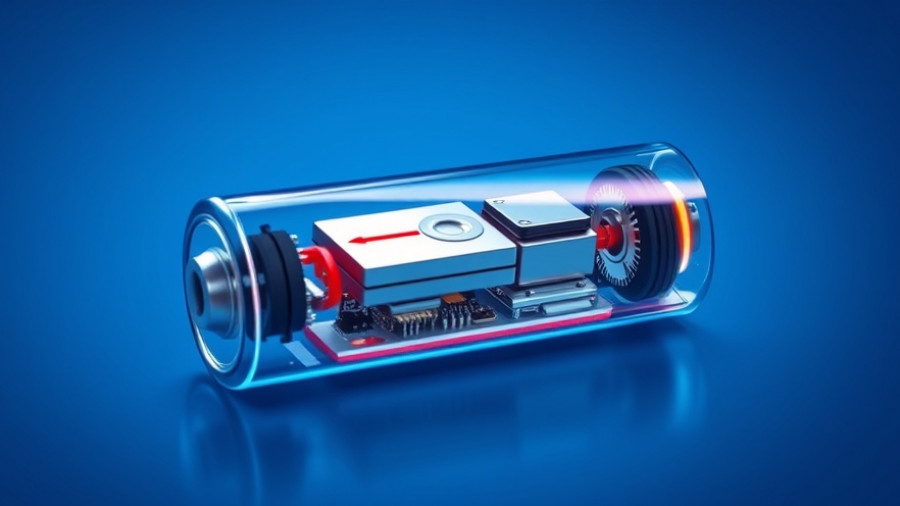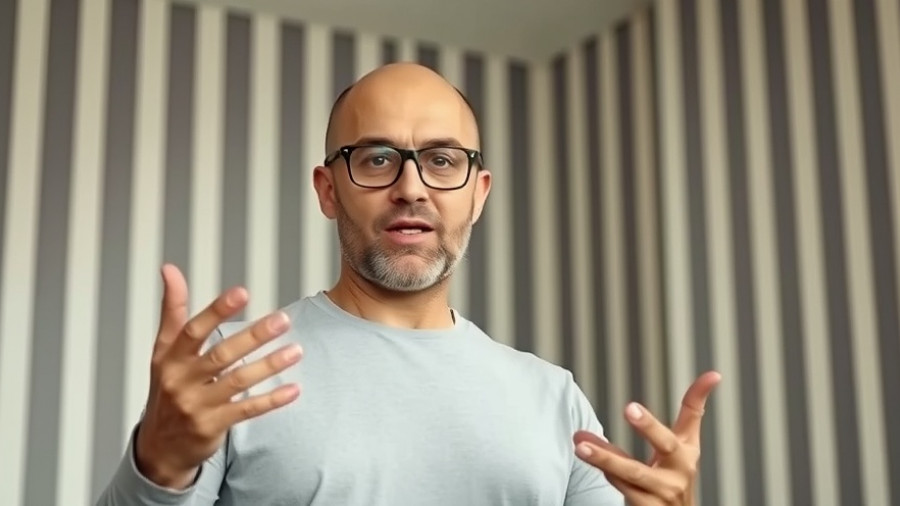
Imagine a World Built from Mushrooms
What if the walls of our homes, the packaging of our products, and even our clothing were not forged from synthetic materials, but cultivated from mycelium—the hidden roots of mushrooms? This fascinating idea is evolving into a reality, thanks to innovative companies like Ecovative that are turning agricultural waste into functional, sustainable materials. From packaging to building materials, the potential of mycelium is becoming increasingly recognized as a game-changer in the quest for sustainability.
In 'Why Mushrooms are Starting to Replace Everything,' the discussion dives into the innovative use of mycelium, exploring key insights that sparked a deeper analysis on our end.
What is Mycelium and Why Does It Matter?
Mycelium consists of a network of fungal threads known as hyphae. Often overlooked, these structures perform essential functions in nature, digesting organic matter and promoting soil health. But it is their ability to 'glue' materials together that has caught the attention of innovators. The ability to grow mycelium into various forms allows companies to create products that are not only biodegradable but also lightweight, durable, and resource-efficient.
The Emergence of Eco-Friendly Packaging
Packaging produced from traditional materials often contributes significantly to pollution and waste. However, mycelium packaging is paving the way for an eco-friendly alternative. Companies like Ecovative have propelled this initiative forward with products like mushroom packaging, which is already being utilized by notable brands including Dell and Steelcase. The global market for mycelium packaging is projected to grow significantly, driven by increasing demand for sustainable solutions.
Life Cycle of Mycelium-Based Products
The production of mycelium-based goods is not only innovative but remarkably efficient. In just a week, producers can create a final product from agricultural waste. The process involves mixing mycelium with organic matter, placing it in molds, and letting nature take over. After a short period of growth, the product is ready for use. This waste-to-value approach is a sustainable solution in a world striving to minimize its carbon footprint.
Transforming Textiles: Mycelium Leather
Ecovative's Forager leather demonstrates that mycelium can be transformed into stylish and practical fabrics. This mycelium leather bypasses the environmentally harmful processes of traditional leather-making, from chemical tanning to excessive water usage. The result is a more sustainable product that is not only cost-effective but also biodegradable—a winning combination for fashion brands looking to reduce their environmental impact.
The Culinary Transformation: MyBacon
In a delightful twist, mycelium is also pushing culinary boundaries with innovations like MyBacon, a meatless bacon alternative that has already gained popularity in over 1,400 retail locations. Made from mycelium formed into slabs, this product is seasoned and cooked to mimic the taste and texture of traditional bacon, suggesting a bright future for plant-based diets. With demand for alternatives to processed meats on the rise, products like MyBacon not only support health trends but also contribute to reducing the environmental impacts associated with animal agriculture.
Building Green: A Mycelium Future
One of the most exciting developments is the potential use of mycelium materials in construction. An affordable housing project in Oakland, California is set to use mycelium panels to insulate the 316-unit building, further demonstrating that eco-friendly options can be effective and affordable. Mycelium panels not only provide thermal insulation but are also fire-resistant and carbon-negative, embodying the principles of a circular economy.
Expanding Horizons: Mycelium in Space?
Could mycelium be part of humanity’s journey to explore other planets? NASA is actively researching whether mycelium could provide habitat on the Moon or Mars. The notion of using living mycelium to create structures in space reflects our growing trust in nature’s solutions. This pioneering research could redefine how we think about construction and sustainability in extraterrestrial environments.
The Intelligent Future of Mycelium
Mycelium's versatility has even extended into robotics. Researchers at Cornell University are experimenting with mycelium as living sensors for biohybrid robots, allowing them to respond to environmental stimuli. This innovative approach could revolutionize agriculture, where robots equipped with mycelium could monitor crops more effectively, reducing chemical runoff and promoting sustainable practices.
As mycelium gains traction across varied sectors, it offers a glimpse into a future where materials are sustainably produced rather than conventionally manufactured. Not only can mycelium reduce our reliance on fossil fuels and diminish waste, but it also supports a regenerative cycle where materials nourish the earth at the end of their lifecycle.
In conclusion, as we explore the potential of mycelium, we see a blend of ingenuity and nature that opens new doors for sustainability in our lives. By embracing mycelium-based alternatives, we are not just choosing innovative products but also supporting a critical shift toward a greener planet.
Ready to Embrace the Mushroom Revolution?
Are you interested in integrating sustainable technologies into your home? There are many exciting developments and products available now that can help reduce your environmental footprint while enhancing your living space. Start exploring how you can incorporate these innovative solutions and be part of the mushroom revolution.
 Add Row
Add Row  Add
Add 



Write A Comment